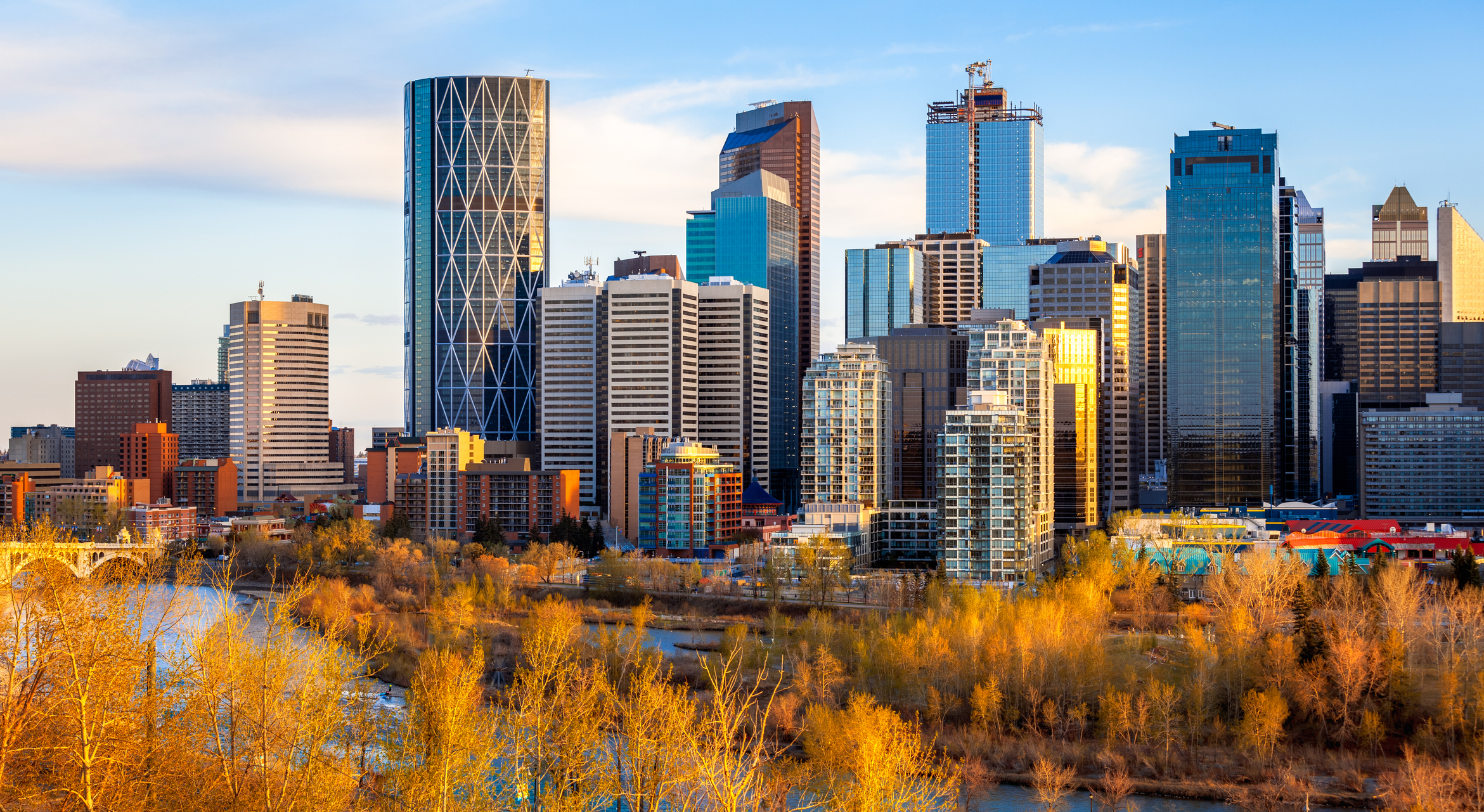Five years on: what did Covid cost us?
We’re still counting the costs of the global covid pandemic – and governments’ responses. What did we learn from it?

What’s the Covid pandemic’s legacy?
For around two million people in the UK and an estimated 400 million worldwide, the pandemic’s legacy is serious and, in some cases, involves ongoing debilitating, Covid-related illness – including breathlessness, exhaustion, brain fog and multi-organ damage. For millions more, the legacy is grief and loss: more than 225,000 people died in the UK with Covid listed on their death certificate.
For some children, particularly from less affluent backgrounds, there’s a lasting legacy of damage to education.
For younger adults (but not those aged 45 and over), there’s a significantly higher prevalence of mental ill health.
MoneyWeek
Subscribe to MoneyWeek today and get your first six magazine issues absolutely FREE

Sign up to Money Morning
Don't miss the latest investment and personal finances news, market analysis, plus money-saving tips with our free twice-daily newsletter
Don't miss the latest investment and personal finances news, market analysis, plus money-saving tips with our free twice-daily newsletter
And for everyone in the UK, the lasting consequences are a weaker economy, a weaker state and higher taxes.
What are the numbers?
Just in terms of direct costs, the UK government spent just under £400 billion (around £5,000 per person) on its Covid response, which is almost a third of this year’s overall government budget. Much of it was borrowed.
Some £70 billion went on furlough schemes, £6.3 billion on the vaccine taskforce, and £15 billion on frontline personal protective equipment.
The rest was extra spending on support of business, and on the health service and emergency services. In terms of the lasting economic hit, it’s far harder to pin down a figure.
Is the economy smaller now than it would have been without Covid? Probably yes, says Paul Johnson, director of the Institute for Fiscal Studies. “GDP per capita today is similar to before Covid, which is pretty appalling,” but the causes are complex and intertwined. “How much is Covid to blame, how much Brexit, how much government incompetence? It’s hard to say.”
Why a “weaker state”?
The state got bigger during the pandemic: the civil service grew by 51,820 (12%) over two years, reaching 478,310 by March 2022. But it became less productive and delivered poorer services.
There were some good developments, says the Institute for Government. Cross-departmental digital collaboration, for example, has improved. And some Covid projects, such as the furlough scheme and vaccine taskforce, provided lessons for new types of service-delivery models.
Overall, though, the British state is suffering from its own case of “long Covid”.
What exactly is ailing?
Pick a chart of public-service performance – from the justice system to education, to health – and it’s likely that March 2020 will stand out as the point where “middling turns dire”, says The Economist.
Overall, public-sector productivity last year was only nine-tenths of where it stood in 2019. In the NHS staff numbers were up by 19%, but patient numbers by only 14%.
Since 2020, the number of people on waiting lists for consultant-led treatment has almost doubled to 7.5 million.
In 2024, a record 1.8 million waited more than 12 hours in A&E – up from 477,000 in 2019.
What about education?
Schools closed (except for children of key workers) in March 2020 and didn’t fully re-open for a year. Some of the lasting impact is clear.
Attendance rates have fallen: in 2023-2024, pupils at state-funded schools missed an average of 7.1% of sessions, compared with 4.7% in 2018-2019.
Attainment levels in primary schools have fallen, most especially among more deprived groups, and an analysis by the Association for School and College Leaders (ASCL) found an “increase in reading difficulties among year seven pupils” and “very serious problems of arrested language development”.
Staff in primary schools, where “lockdown babies” have now started full-time education, report issues including “lack of toilet training, anxiety in being in social spaces, and depressed executive function”.
Recovery “will be a long slog, not a walk in the park”, says lead author Tim Oates.
The biggest lesson of the pandemic, says Matthew Syed in The Times, is how we failed our children – especially when it came to lockdown.
Did the Covid lockdowns work?
“Non-pharmaceutical interventions” – stay-at-home orders, “social distancing”, mask wearing, and regular testing – definitely helped mitigate the spread of the virus, says Paul Hunter, a professor of medicine at the University of East Anglia who was sceptical about the UK’s later lockdowns. “But whether the benefits outweigh the harms is still far from clear” – and that lack of scientific consensus is regrettable.
Much of the detail of what we witnessed seems ludicrous in retrospect, says Ryan Bourne in The Times. (And indeed to at least a few people at the time.) A key lesson of Covid is that individuals can broadly be trusted to act in their own interests. In devising their measures, policymakers distrusted the public’s nous in handling risk and so “imposed rigid, one-size-fits-all rules” and stoked unnecessary panic. In reality, the public was often ahead of government in taking sensible precautions.
How so?
A key driver of the initial March 2020 lockdown was the famous Imperial College modelling that predicted a “reasonably worst-case” scenario of 510,000 UK deaths in a single, unchecked Covid wave if we did nothing. But this scenario didn’t merely assume no government action: “It assumed everyone would carry on blithely living as normal, as if the virus didn’t exist”.
Thus, it was already out of date when it spooked the government in mid-March. Offices were already shifting to remote work, public transport usage had dropped, and pubs were emptying.
“Sweden’s pandemic experience confirmed this: even without government lockdowns, people distanced as infections surged, creating waves of contagion.” In short, Covid needed a more “human approach”: when the government decides the people “can’t make reasoned decisions, it creates a populace that seeks out detailed orders” indefinitely.
This article was first published in MoneyWeek's magazine. Enjoy exclusive early access to news, opinion and analysis from our team of financial experts with a MoneyWeek subscription.
Get the latest financial news, insights and expert analysis from our award-winning MoneyWeek team, to help you understand what really matters when it comes to your finances.
Simon Wilson’s first career was in book publishing, as an economics editor at Routledge, and as a publisher of non-fiction at Random House, specialising in popular business and management books. While there, he published Customers.com, a bestselling classic of the early days of e-commerce, and The Money or Your Life: Reuniting Work and Joy, an inspirational book that helped inspire its publisher towards a post-corporate, portfolio life.
Since 2001, he has been a writer for MoneyWeek, a financial copywriter, and a long-time contributing editor at The Week. Simon also works as an actor and corporate trainer; current and past clients include investment banks, the Bank of England, the UK government, several Magic Circle law firms and all of the Big Four accountancy firms. He has a degree in languages (German and Spanish) and social and political sciences from the University of Cambridge.
-
 8 of the best houses for sale with electric vehicle charging
8 of the best houses for sale with electric vehicle chargingThe best houses for sale with electric vehicle charging – from a converted World War II control tower in Scotland, to a Victorian country house in Cumbria
-
 The return of Erik Prince, America's notorious mercenary
The return of Erik Prince, America's notorious mercenaryErik Prince, founder of the controversial private military group Blackwater, was shunned for pushing the boundaries of legality. He has re-established himself
-
 The global defence boom has moved beyond Europe – here’s how to profit
The global defence boom has moved beyond Europe – here’s how to profitOpinion Tom Bailey, head of research for the Future of Defence Indo-Pac ex-China UCITS ETF, picks three defence stocks where he'd put his money
-
 Profit from a return to the office with Workspace
Profit from a return to the office with WorkspaceWorkspace is an unloved play on the real estate investment trust sector as demand for flexible office space rises
-
 An “existential crisis” for investment trusts? We’ve heard it all before in the 70s
An “existential crisis” for investment trusts? We’ve heard it all before in the 70sOpinion Those fearing for the future of investment trusts should remember what happened 50 years ago, says Max King
-
 No peace dividend in Trump's Ukraine plan
No peace dividend in Trump's Ukraine planOpinion An end to fighting in Ukraine will hurt defence shares in the short term, but the boom is likely to continue given US isolationism, says Matthew Lynn
-
 Will the internet break – and can we protect it?
Will the internet break – and can we protect it?The internet is a delicate global physical and digital network that can easily be paralysed. Why is that, and what can be done to bolster its defences?
-
 Why UK stocks are set to boom
Why UK stocks are set to boomOpinion Despite Labour, there is scope for UK stocks to make more gains in the years ahead, says Max King
-
 Chen Zhi: the kingpin of a global conspiracy
Chen Zhi: the kingpin of a global conspiracyChen Zhi appeared to be a business prodigy investing in everything from real estate to airlines. Prosecutors allege he is the head of something more sinister
-
 Canada will be a winner in this new era of deglobalisation and populism
Canada will be a winner in this new era of deglobalisation and populismGreg Eckel, portfolio manager at Canadian General Investments, selects three Canadian stocks